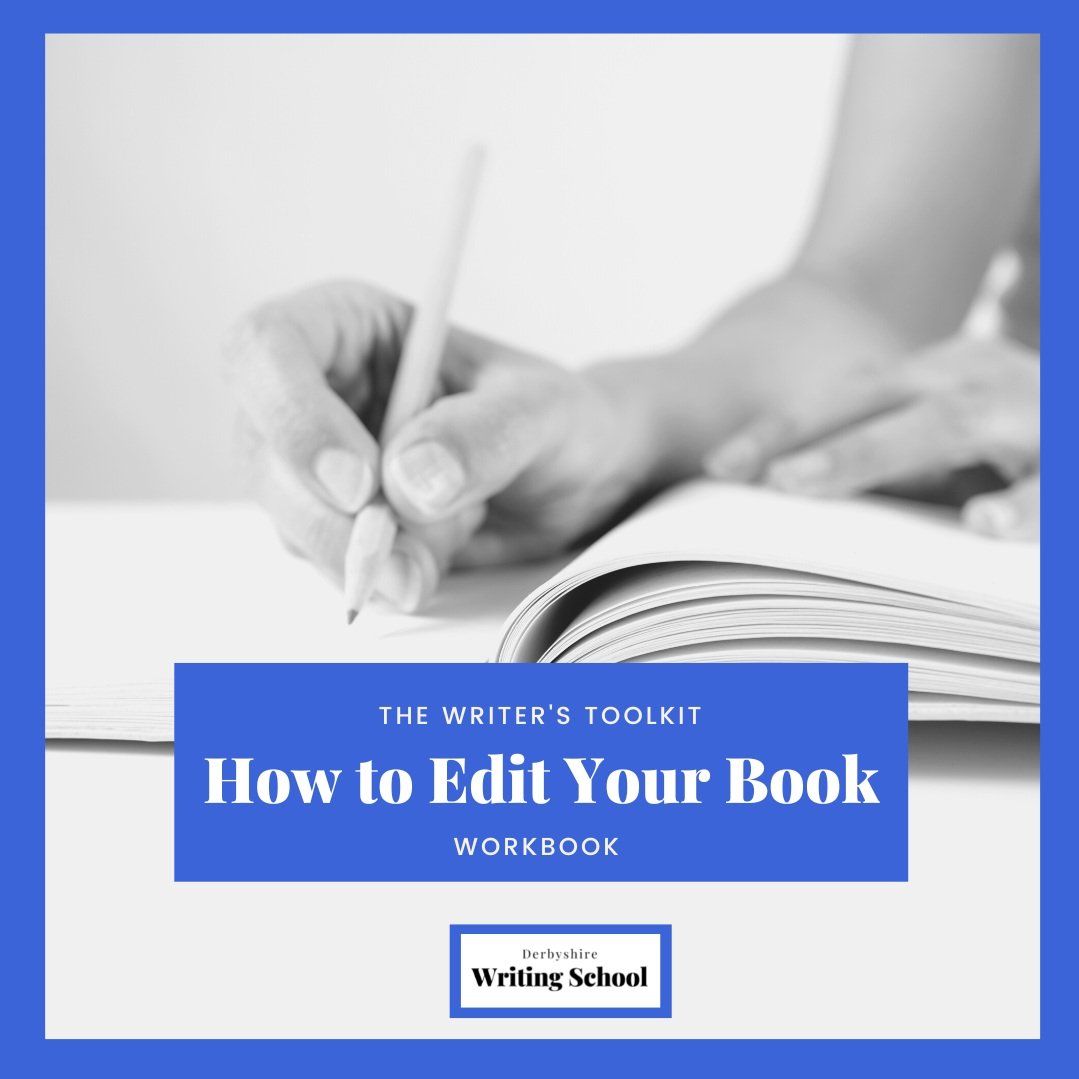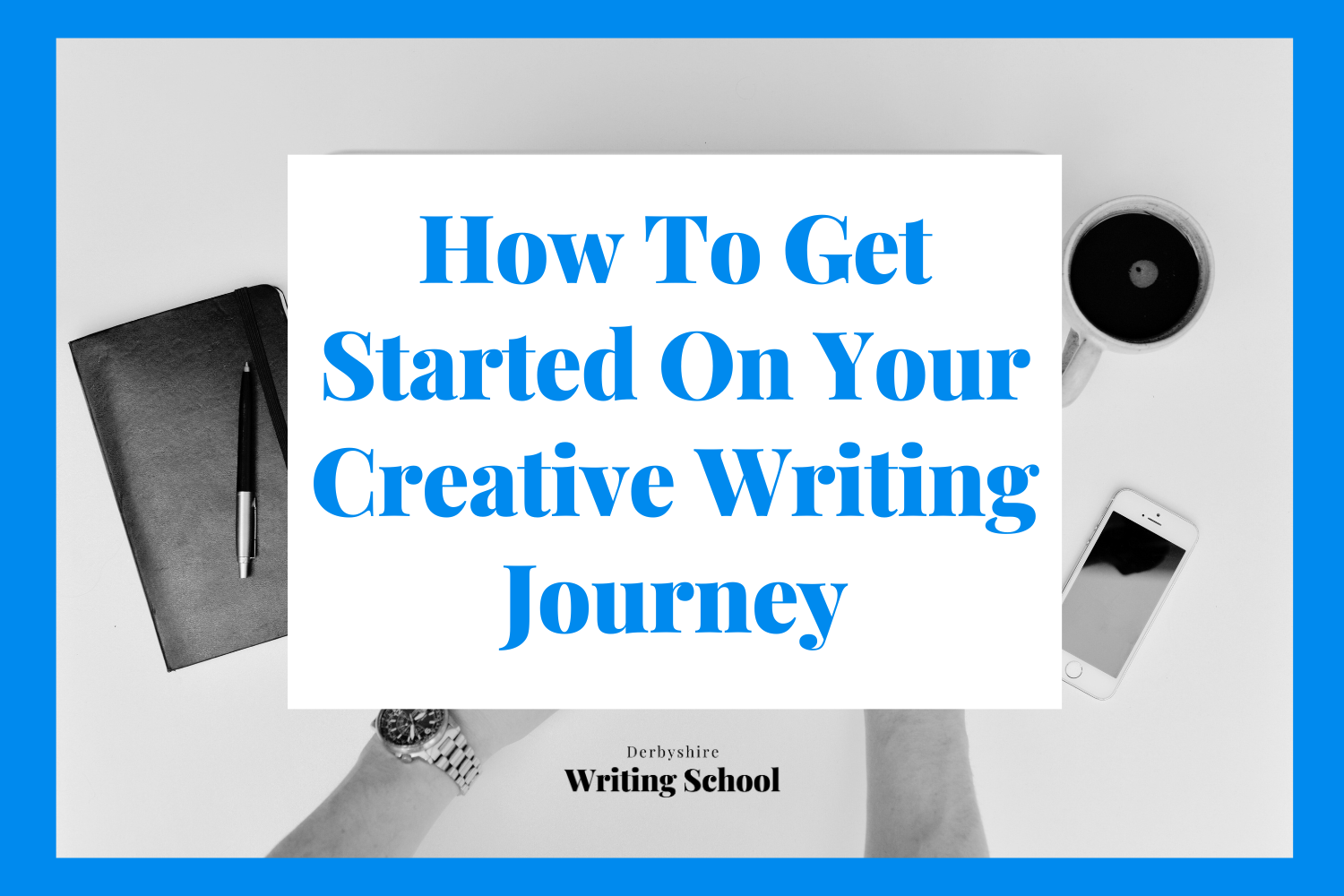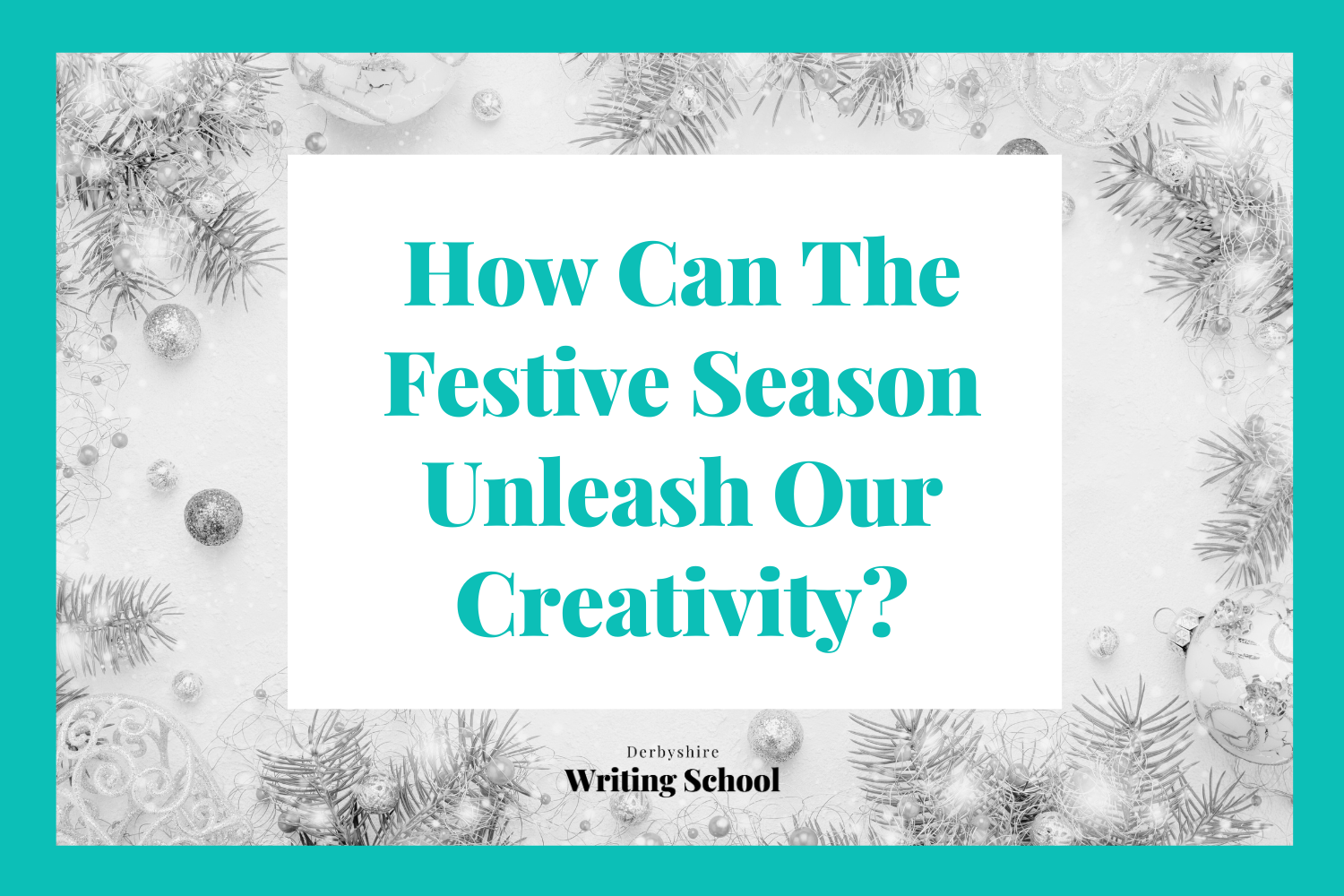The 4 Types Of Editing You Absolutely Need To Know About
The 4 Types Of Editing You Absolutely Need To Know About
Hate it or love it, editing is a huge part of writing. We can’t avoid it, so it’s best to embrace it and ensure it’s part of our writing process. But what do we actually mean by editing?
What is editing?
Editors and publishers should add value to your work, their purpose is to enhance the work you’ve created, whilst being sensitive and appropriate and most importantly, keeping your voice within the text.
Editing is about revision and preparation.
It’s about removing and adding.
It’s about clarity and purpose.
It’s the process of getting your work to the best standard it can be.
When we are talking about self-publishing, it’s important, that we as writers know about editing, so we can try and get our work in the ‘best shape’ possible before paying for an editor to edit our work. This can help us ‘get our money’s worth’, but it can also help us to develop our practice and improve our work. Editing is also about learning our craft.
We’ve talked about self-editing on our podcast and it’s a great place to start, but editing is a process, and we need to understand the stages in that process.
What are the different types of editing?
Let’s break down the term ‘editing’ and look at the different editing services that are available to you. Often these editing terms get broken down into even smaller or more specific names and categories. But these are the 4 we’re focusing on.
1. Substantive Edit
This is sometimes referred to as a developmental edit and looks at the ‘big picture’. This edit will consider the shape of your story, the plot, and the characters. It should ask questions, such as how realistic are your characters’ actions or motivations? This will look at the scope of your story, and does it work on that big-picture level. This sort of edit should give you an overview of your whole novel.
Often this feedback is hard to read, and it can mean big changes are needed. The reason the substantive edit comes first is because you wouldn’t want to invest in copy edits, or manuscript formatting if you’ll need to make sweeping plot changes. A substantive edit can be very expensive as it’s time-intensive and it’s often based on the length of your manuscript.
2. Structural Edit
The structural edit is as it sounds, a close look at the structure of your work. The structure can often be a sticking point as it’s so important to get right, yet it can be hard to zoom out when we as writers are so focused on the details. It might also consider things such as the order of events, the number of chapters, and even the length of the manuscript – all of the elements that make up the structure of your story.
3. Copy Edit
This can sometimes be referred to as a line edit, which causes confusion. A copy edit and a line edit can be very similar but again, a lot depends on who you’ve employed to the work. It’s important to be clear about expectations upfront.
A copy edit will consider your work line by line. Looking at word meanings, flow, readability, spelling, and grammar. It’s all about consistency and clarity. Ensuring your words reflect the ideas you wanted to communicate. If a substantive edit is the big picture, this is the small picture – it’s the details. Even things like dialogue tags and point of view. Your copy edit should return hundreds of small tweaks.
4. Proofread
Proofreading is the final stage of the editing process. During this editing stage, there should be no big changes or surprising bits of feedback. This really is the last stage and the last chance for errors to be spotted before going to print. A proofreader would check for typos and spelling errors, and typeset issues that might have affected the text’s meaning. Also, inconsistency in the spelling of names or the use of capital letters.
As writers we are so close to our manuscripts, that we stop seeing errors, our brains fill in the gaps where words or letters should be, so a proofreader with fresh eyes can really help to spot those last errors.
Do you need to complete all the different types of editing?
Unfortunately, there isn’t a simple answer to this question. A lot of this decision process will also depend on where you are in your writing. When we first start writing, depending on our experience, we might need a full structural edit, a copy edit, and a proofread. If we’re a few more books in, we might be more confident with a structural edit and a proofread. It’s a personal decision.
If your book is published with a traditional publisher, you would expect all of these editing stages to be a part of that process.
With self-publishing, a lot of it comes down to budget. Lots of advice speaks to ‘getting the best editor you can afford. If you’ve got a limited budget, and you’re really pushing to choose between different types of editing, perhaps a proofread would be best. Whilst stories without a structural edit can upset some readers, as they can be confusing, readers are more upset by typos and glaring spelling mistakes. As it feels careless. Hiring an editor is always a good idea, but gaining feedback and critique from friends can be helpful too.
Are there tools to help with the editing process?
The good news is there are tools we can use to help us edit and they are free. Whilst they aren’t a replacement for an editor, it’s a good place to start.
ProWritingAid is a grammar checker, style editor, and writing mentor in one package. It has a great free version that allows you to check your work for different errors and stylistic recommendations.
The Hemmingway App is another free tool that can make your writing bold and clear. It gives your work a score on the reading ease can help you to see passive and active language.
Grammarly is an online writing assistant.
Scrivener. You may have heard of the writing software called Scrivener. Some writers claim it transformed their writing; others have said it’s too complicated to use. But if you want to know more about using Scrivener, then you can find a great explanation about how it allows you to mark your text and organise it.
Should a writer always listen to an editor?
Yes and no.
It’s important to seek out editors who you trust, and who you believe want the best for your work. This doesn’t mean they’ll say your work is perfect and that it doesn’t need any development, it means they’ll provide objective and useful feedback, that will not only develop your work but should help to develop you as a writer.
However, you should always have the final say in your work. If you change parts of your story without fully believing in it, the reader will feel this. Carefully consider all changes. Sometimes receiving feedback can help us to become steadfast in our beliefs of what is core to our story. We can push against suggestions.
Finding the right editor for you is a process, there are useful organisations, such as ALLI that can recommend editors. It’s important to talk to an editor before paying for their services, your relationship needs to be built on trust with good communication.
Receiving feedback is hard, but it’s also exciting. Gaining new perspectives on your work can be really empowering and it can launch your story into new directions.
Is editing a novel worth it?
Editing is an essential part of the creative process. It can’t be rushed or avoided. Make time in your plans to ensure editing is central to your development as a writer. You won’t regret it.
You can find out more about how to edit your work in our Editing Your Book Workbook.
Our How To Edit Your Book PDF Workbook will help you to:
✅ Identify the stages of editing.
✅ Explore how you use the tool of editing to improve your first draft.
✅ Create a checklist to use when editing your work.
✅ Learn how to spot classic mistakes.
✅ Become more confident in your writing process.
Plus it’s packed with writing activities.













